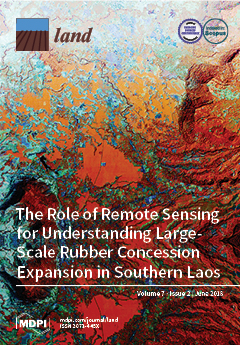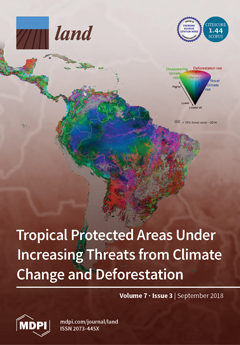Securing Africa’s land for shared prosperity: a program to scale up reforms and investments
Based on worldwide experience and encouraging evidence from country pilots in African countries such as Ghana, Malawi, Mozambique, Tanzania,and Uganda, this new report suggests a series of ten steps that may help to revolutionise agricultural production and eradicate poverty in Africa. These steps include improving tenure security over individual and communal lands, increasing land access and tenure for poor and vulnerable families, resolving land disputes, managing better public land, and increasing efficiency and transparency in land administration services.






